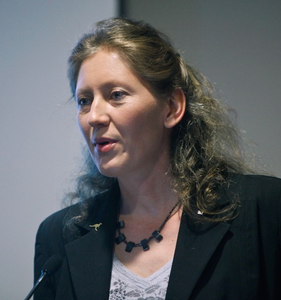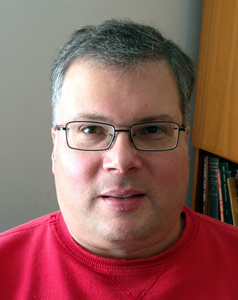Home / Community / AES Committees / AES Historical Committee / The craft of recording through history
You are currently logged in as an
Institutional Subscriber.
If you would like to logout,
please click on the button below.
Home / Community / AES Committees / AES Historical Committee / The craft of recording through history
The AES Historical Committee presents a humorous look at what it means to be a recording engineer. You think of it as “a big radio.”
An educational filmstrip with synchronized audio, produced by Guidance Associates in 1972, as part of the series “Career Discoveries.” The filmstrip centers around sound engineer Bill Brueckner, who worked at Reeves Sound Studios in New York City. Bill’s work day described in the filmstrip involved putting the sound together for a TV commercial. The filmstrip shows images of a 1970’s sound-for-picture studio in action. Brueckner is shown working in two separate studios at Reeves. The studio where the commercial was made was the more modern studio. The console appears to be custom-made, probably using Langevin faders and internal parts. The second studio shown, where Brueckner is recording a voice-over later in the filmstrip, is older. Visible there are a Fairchild full-track tape machine, an Ampex 300 full-track, plus a very old mono console.
Sunday, October 20, 1:00 pm — 2:00 pm (Room 1E14)
Presenter: Nadja Wallaszkovits, Phonogrammarchiv, Austrian Academy of Science – Vienna, Austria
Abstract:
Nadja Wallaszkovits will discuss the restoration, transfer, and digitization of a unique collection of folk music recorded during 1939-1940 in the rural areas and mountain villages of Portugal by the folklorist Armando Leça, in collaboration with National Radio (Emissora Nacional). Her presentation will open with a short introduction of this important field research project, which resulted in the first known collection of recordings documenting rural musical practices from nearly all regions of Portugal. Thereafter, she will present a historical overview of early magnetic tape developments and the birth of audio tape recorder technology, focusing on the characteristics of the individual tape machine used by Armando Leça. The problems of carrier handling, restoration, and transfer of these valuable original tapes will be discussed, along with the judicial use of signal enhancement during the playback process.
Saturday, October 19, 5:00 pm — 7:00 pm (Room 1E09)
Presenter: Thomas Fine, (sole proprietor of private studio) – Brewster, NY, USA
Abstract:
Jim Webb discusses his pick of “12 Microphones that Changed History”. A detailed writeup of Jim’s picks is here.
Pictures of Les Paul’s console and “Octopus” in 1958.
A profile of Fine Recording Studios in New York City. Plus, the history of Bob Fine’s recording truck, used to make Mercury Living Presence classical recordings.
A look at Emory Cook, stereo recording pioneer and inventor, and his operations in Connecticut.
The memoirs of Victor recording engineers Harry and Raymond Sooey, covering the history of early 20th Century recording technology and techniques.
A 4-part interview with legendary jazz engineer Rudy Van Gelder.
The website of TapeOp Magazine contains many articles and interviews about the craft of recording.
Reeves Sound Studios NYC (1933 – 197X)
UCSB’s massive Edison cylinder archive and transfer project
The in-house newsletter from Bill Putnam’s empire in its heyday
Interview with Sigma Sound Studios founder Joe Tarsia
Technical conference paper based on the massive collection of tapes that Joe left to Drexel University